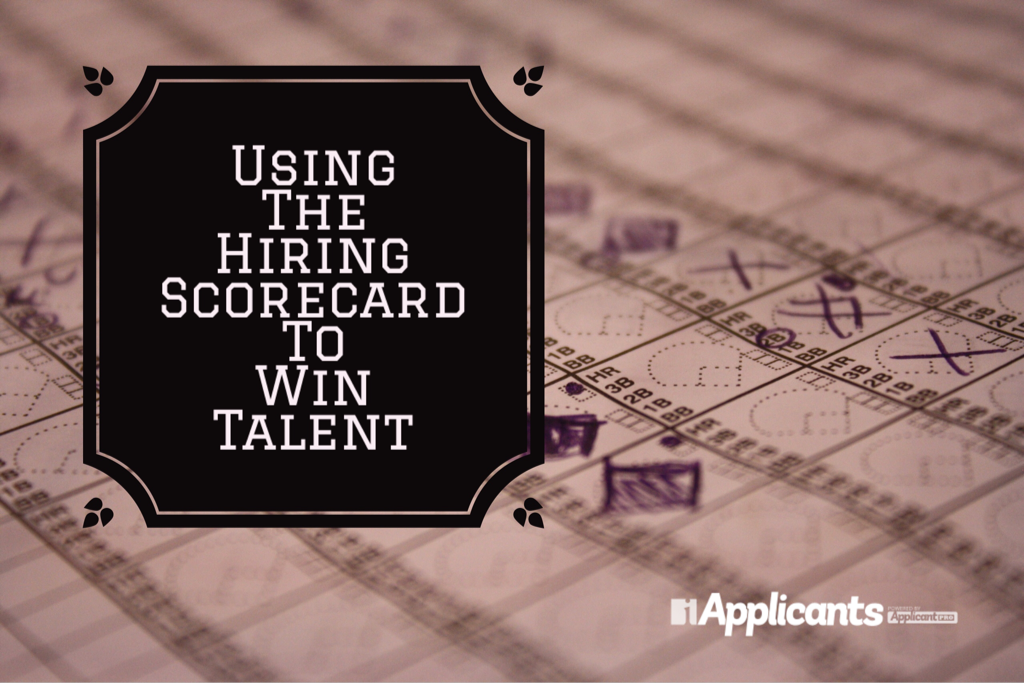Using the Hiring Scorecard to Win Talent

A mere three years ago, developing a hiring scorecard was all the rage in HR. So much so in fact, that you may be shaking your head reading the title of this post, but in reality, there’s a reason that developing a solid hiring scorecard was inescapable. Put simply, it’s the foundation for successful hiring. What I like about it (and what I think contributed to the phrase’s publicity) is that it was one of the first movements challenging HR to view hiring in a different light. Additionally, it forced HR to adopt employment methods that were driven by the strategy of the organization’s goals versus simply to “fill an empty seat” in the company. Jobs and the expectations we attach to them evolve over time. Another reason I think it’s time for a hiring scorecard resurrection is that jobs and the expectations we attach to them evolve over time because companies change over time as well. It’s not as if you can simply create a hiring scorecard for a position and then assume those expectations for that position will carry you for the next ten or even five years because that line of thinking is the same reason the hiring scorecard craze developed in the first place. Lastly, if you’ve struggled with any aspect of your hiring – whether it’s finding the right people, hiring the right people, or keeping the right people around, then the hiring scorecard forces you to reevaluate your process and provides a conduit for change. Now that we’ve spent some time easing you back into hiring scorecard territory, let’s discuss the three steps associated with how to build one. These are the key components. . .

